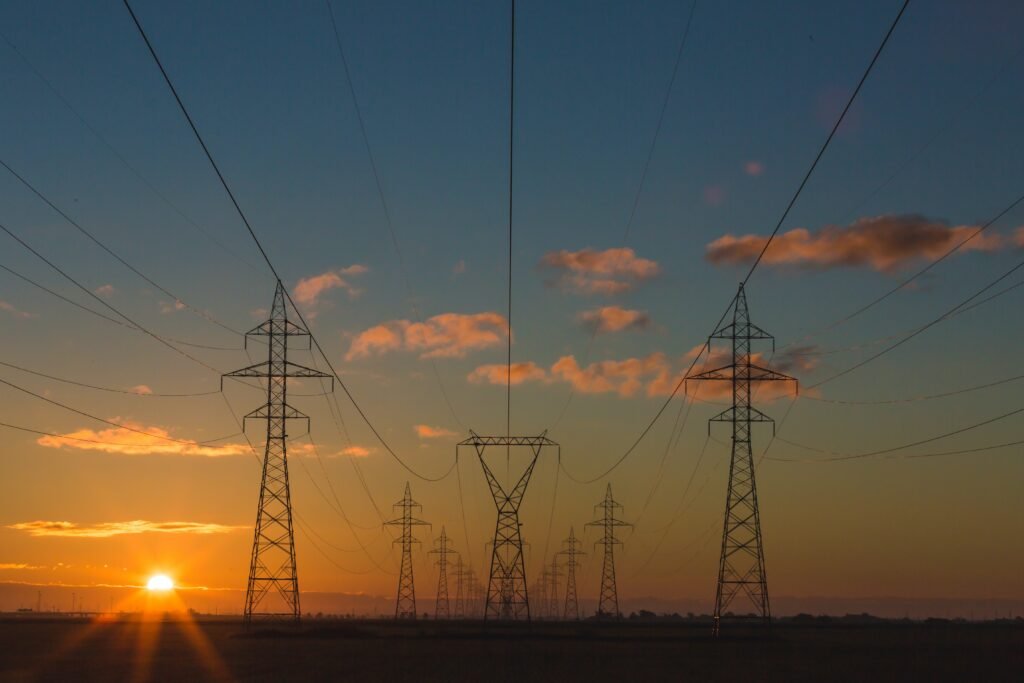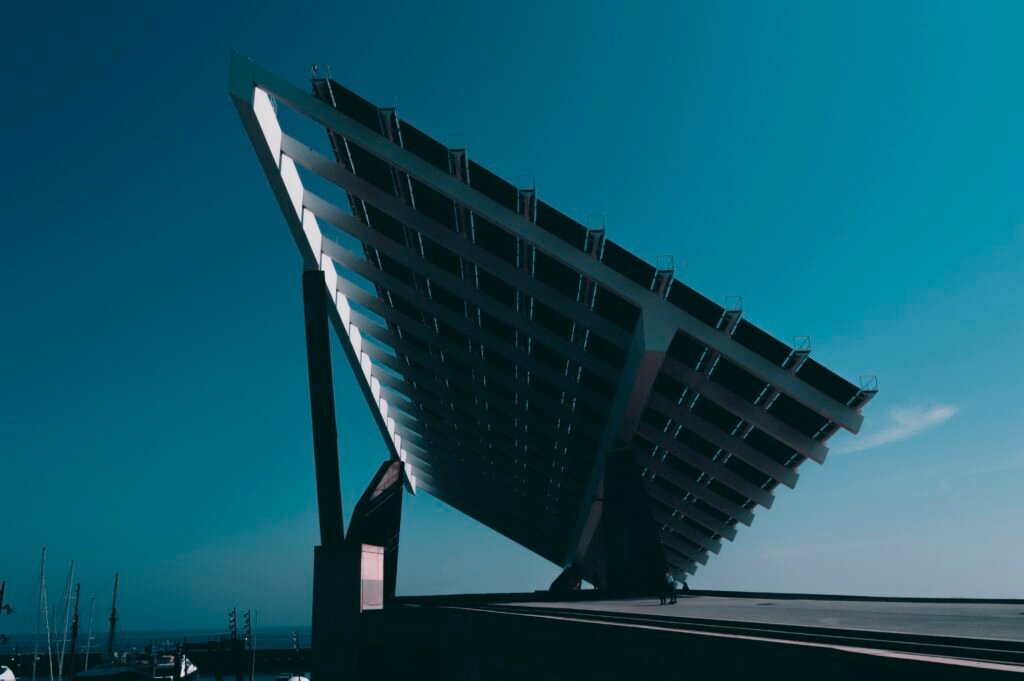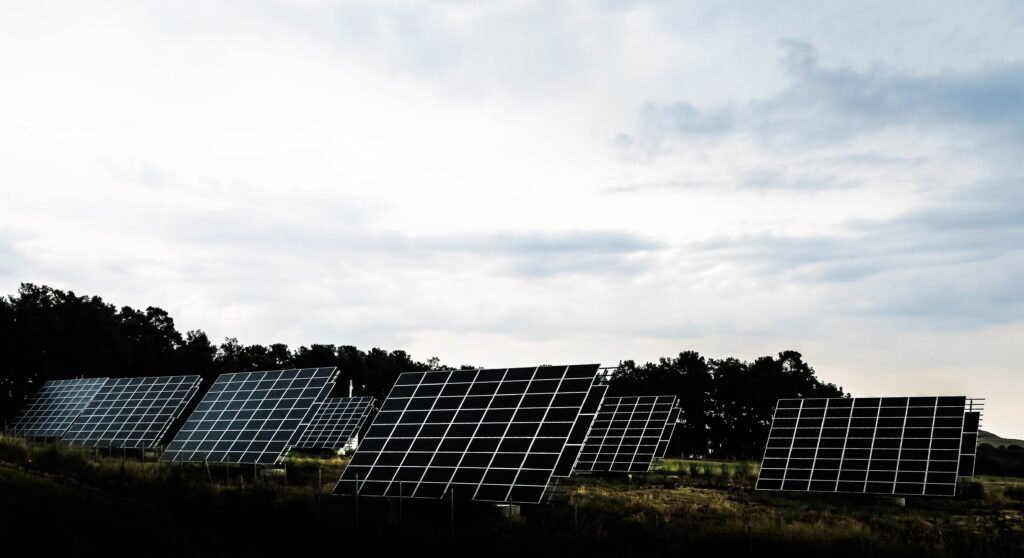Imagine cozy evenings spent curled up by the fire, the warm glow of the flames dancing before your eyes. As the world becomes increasingly conscious of our environmental impact, finding ways to make our homes more energy-efficient has become a priority. In this article, we will explore how you can ignite a greener future by boosting energy efficiency in your fireplace. By implementing simple yet effective methods, you can not only reduce your carbon footprint but also save money on energy bills. So, grab a cup of hot cocoa, settle into your favorite armchair, and let’s discover how to make your fireplace more environmentally friendly.
Purchase Energy-Efficient Fireplace Solutions
Understanding Energy Efficiency
Definition of Energy Efficiency
Energy efficiency refers to the ability to use less energy to accomplish the same level of output or performance. In the context of fireplaces, it means maximizing the amount of heat produced while minimizing energy waste.
Why Energy Efficiency is Important
Energy efficiency is crucial for several reasons. Firstly, it helps reduce our carbon footprint and mitigate climate change by minimizing the amount of energy consumed. It also lowers energy costs, saving homeowners money in the long run. Additionally, energy-efficient fireplaces contribute to a healthier indoor environment by reducing the release of pollutants and harmful emissions.
Efficient Fireplace Designs
Choosing the Right Fireplace
When selecting a fireplace, consider factors such as the size of the space, local climate, and personal preferences. Options include traditional open fireplaces, electric fireplaces, gas fireplaces, and wood-burning stoves. Each type has its benefits and considerations, so researching and consulting professionals can help with the decision-making process.
Key Features of Energy-Efficient Fireplaces
Energy-efficient fireplaces often feature insulated fireboxes, double combustion systems, and adjustable air vents. These elements help prevent heat loss, maximize fuel efficiency, and reduce emissions. Additionally, some fireplaces come with advanced features like programmable thermostats and remote controls, allowing for optimal temperature control and energy management.
Comparing Different Types of Fireplaces
To determine which fireplace is the most energy-efficient, it is important to compare the fuel sources, heat output, and operating costs of various options. Electric fireplaces are typically the most energy-efficient since they convert nearly 100% of the electricity into heat. Gas fireplaces are also efficient, while wood-burning fireplaces can vary in efficiency depending on factors such as the quality of the wood and combustion technology.
Understanding Fireplace Inserts
Fireplace inserts are retrofit options designed to improve the energy efficiency of existing fireplaces. They fit directly into the firebox and often feature insulated glass doors, heat-circulating grates, and adjustable airflow. By installing a fireplace insert, you can transform an inefficient fireplace into a more energy-efficient and cost-effective heating source.

This image is property of images.unsplash.com.
Upgrade Your Fireplace For A Greener Future
Fuel Selection for Efficiency
Types of Fireplace Fuels
There are various fuel options for fireplaces, including wood, natural gas, propane, pellets, and electricity. Each fuel type has its own advantages and considerations, from the renewable and cozy ambiance of burning wood to the convenience and cleanliness of gas or electric options.
Comparing Efficiency of Various Fuels
Different fuels have different energy content and burn rates, affecting the overall efficiency of the fireplace. Wood-burning fireplaces can be energy-efficient if using properly seasoned hardwood and employing advanced combustion technology. Gas fireplaces tend to have high efficiency ratings due to their controlled heat output and sealed combustion systems. Electric fireplaces are also highly efficient since they convert electricity into heat without any loss.
Sustainable and Renewable Fuel Options
For those looking to minimize their environmental impact, sustainable and renewable fuel options are worth considering. Wood pellets, derived from compressed sawdust and other biomass, provide a renewable alternative to traditional firewood. Additionally, renewable natural gas and green electricity, sourced from renewable energy projects, can power gas or electric fireplaces, respectively, with lower carbon emissions.
Avoiding Pollutants and Harmful Emissions
When choosing a fuel, it is important to consider its impact on indoor and outdoor air quality. Burning certain types of wood, such as treated or painted wood, can release toxic pollutants. Gas fireplaces produce minimal indoor pollutants, but their combustion can contribute to greenhouse gas emissions. Therefore, selecting clean and sustainable fuel options and correctly disposing of ash and debris is essential for maintaining energy efficiency and minimizing environmental harm.
Sealing and Insulation
The Importance of Proper Sealing and Insulation
Effective sealing and insulation around the fireplace play a crucial role in energy efficiency. Proper sealing prevents drafts, reduces heat loss, and keeps the conditioned air inside your home. Insulation helps maintain a consistent temperature and prevents hot air from escaping through the walls.
Identifying and Repairing Leaks
Inspect your fireplace and chimney for any gaps, cracks, or leaks that could compromise energy efficiency. Check for signs of smoke leakage, such as soot stains or a strong draft. Seal any identified leaks using high-temperature silicone caulk or refractory cement. Repairing leaks ensures that all the heat produced by the fireplace is directed into the living space and not wasted.
Using Insulated Chimney Liners
An insulated chimney liner is a valuable addition to your fireplace system. It helps enhance energy efficiency by minimizing heat transfer to the chimney while allowing efficient and safe venting of combustion byproducts. Insulated liner systems provide an additional layer of insulation, reducing the chances of condensation or creosote buildup, which can negatively impact both efficiency and safety.
Insulating the Walls around the Fireplace
Insulating the walls surrounding the fireplace further improves energy efficiency. Consider installing insulation around the fireplace chase or using heat-resistant materials on the adjacent walls. This helps prevent heat from being absorbed or lost through the walls, allowing the fireplace to efficiently warm the surrounding area.

This image is property of images.unsplash.com.
Improving Combustion Efficiency
Understanding Combustion Efficiency
Combustion efficiency refers to how effectively a fireplace converts fuel into heat. A higher combustion efficiency means a more efficient use of fuel and reduced energy waste. Efficient combustion also helps minimize pollutants and harmful emissions, promoting a cleaner and healthier indoor environment.
Adjusting Air Flow for Optimal Combustion
Properly adjusting the air vents can significantly impact combustion efficiency. Controlling the air supply to the fireplace regulates the rate of burning and influences heat output. Consult the manufacturer’s guidelines or a professional to identify the optimal air flow settings for your specific fireplace model. Avoid fully closing the vents as it can lead to incomplete combustion and decreased efficiency.
Using Secondary Burn Systems
Some advanced fireplaces utilize secondary burn systems, which introduce preheated air into the combustion chamber. This allows for more complete combustion, resulting in higher efficiency and lower emissions. Secondary burn systems promote the burning of unburnt gases, improving heat output and reducing the release of pollutants.
Regular Maintenance and Cleaning
Regular maintenance and cleaning of your fireplace are essential for maintaining optimal combustion efficiency. Remove any ashes, debris, or creosote buildup regularly to ensure proper airflow. Schedule annual inspections and cleanings by a professional to address any issues and ensure the fireplace is operating at peak efficiency. Additionally, using dry and properly seasoned firewood contributes to efficient and clean combustion.
Utilizing Heat Exchange Systems
How Heat Exchange Systems Work
Heat exchange systems, also known as fireplace blowers or heat exchangers, capture and distribute the heat produced by the fireplace more effectively. They consist of a heat-resistant metal tubing system attached to the fireplace or fireplace insert. The system draws in cool air from the room, circulates it around the heat source, and then releases the warm air back into the room.
Benefits of Heat Exchange Systems
Heat exchange systems significantly enhance the efficiency of a fireplace by improving heat distribution. They help prevent heat from being trapped in the fireplace and maximize the amount of warmth being circulated throughout the space. By redistributing the heat, heat exchange systems contribute to a more comfortable and energy-efficient environment.
Different Types of Heat Exchangers
There are different types of heat exchangers available, including passive and active systems. Passive systems rely on natural convection to circulate the air, while active systems use fans to facilitate air movement. Determining the most suitable heat exchanger for your fireplace depends on factors such as the size of the space and personal preferences.
Installation and Maintenance Tips
Proper installation is crucial for the optimal performance of a heat exchange system. Consult a professional or refer to the manufacturer’s instructions to ensure correct placement and connection. Additionally, regular cleaning and maintenance of the system are essential to prevent the buildup of dust, debris, or obstructions that could hinder airflow and reduce efficiency.

This image is property of images.unsplash.com.
Maximizing Heat Distribution
Choosing the Right Fireplace Location
Selecting the right location for your fireplace can significantly impact its heat distribution and overall efficiency. Ideally, place the fireplace in a central location to ensure even heat distribution throughout the space. Consider factors such as the layout of the room, existing ventilation system, and proximity to exterior walls when determining the best placement.
Using Ceiling Fans or Heat Circulation Systems
To further enhance heat distribution, utilize ceiling fans or heat circulation systems in conjunction with your fireplace. Ceiling fans can help circulate warm air in the room by pushing it downwards during the winter months. Heat circulation systems, such as fireplace blowers or ducted systems, can efficiently move warm air to other areas of the home, maximizing the reach of the fireplace’s heat.
Designing Proper Ventilation
Good ventilation is essential for heat distribution. Ensure that air vents are unobstructed and use registers or grilles to direct warm air into desired areas. If the fireplace is installed in an enclosed space, consult professionals to ensure proper ventilation, preventing the buildup of gases or pollutants.
Efficient Firewood Practices
Selecting and Storing Firewood
Choosing the right firewood is crucial for efficient combustion. Opt for well-seasoned hardwood, such as oak or maple, as they tend to burn longer, release more heat, and produce less smoke. Avoid using softwoods like pine, which burn quickly and produce more creosote.
Proper Firewood Drying Techniques
Properly drying firewood is essential for optimal combustion and energy efficiency. Store firewood in a dry and well-ventilated area for at least six months to a year before using it. This allows the wood to dry and reduce moisture content, making it easier to ignite and burn more efficiently.
Using Seasoned and Hardwood
Seasoned hardwood refers to wood that has been dried for an extended period, typically around 20% moisture content. Seasoned hardwood burns hotter and longer than unseasoned wood, maximizing the heat output and reducing energy waste. It is important to note that green or wet firewood can result in inefficient combustion, releasing more pollutants.
Avoiding Green or Wet Firewood
Avoid burning green or wet firewood as it hinders combustion efficiency and produces excess smoke and pollutants. Green wood contains high moisture content, leading to incomplete burning, decreased heat output, and increased creosote buildup. Always opt for properly seasoned firewood for a more efficient and eco-friendly fireplace experience.
Smart Fireplace Controls
Benefits of Smart Fireplace Controls
Smart fireplace controls offer numerous benefits, including enhanced energy management and convenience. They allow homeowners to remotely control and monitor their fireplace through smartphone apps or home automation systems. With smart controls, you can easily adjust the temperature, ignition, and flame settings, optimizing energy efficiency and ensuring a cozy ambiance.
Thermostats for Energy Efficiency
Integrating a thermostat into your fireplace control system enables precise temperature control and energy efficiency. Set the desired temperature, and the thermostat will automatically adjust the fireplace’s output to maintain a consistent and comfortable environment. This avoids overheating and excessive energy consumption.
Remote Control and Automation
Remote control capabilities provide the convenience of adjusting the fireplace’s settings from anywhere in the room. Whether you want to turn it on or off, adjust the flame height, or change heat output, remote control allows for easy and efficient fireplace operation. Integration with home automation systems also enables the fireplace to be controlled remotely through voice commands or programmed schedules.
Choosing Appropriate Controls
When selecting smart fireplace controls, consider compatibility with your fireplace model and the desired level of automation and customization. Some systems offer advanced features like energy usage monitoring, vacation modes, and integration with other smart home devices. Choose controls that align with your energy efficiency goals and personal preferences for an optimal fireplace experience.
Education and Awareness
Educating Yourself on Best Practices
Educating yourself on best practices for energy-efficient fireplace operation is key to maximizing efficiency and minimizing environmental impact. Stay informed about the latest advancements in fireplace technology, fuel options, and maintenance techniques. Understand the proper use of your fireplace, including lighting techniques, air control adjustments, and maintenance schedules.
Promoting Energy Efficiency in Your Community
Spread awareness about the importance of energy efficiency by sharing your knowledge and experiences with friends, family, and neighbors. Encourage others to adopt energy-efficient practices in their own fireplaces and homes. Participate in local community events or organizations dedicated to promoting sustainable living and energy efficiency.
Joining Fireplace Efficiency Programs
Consider joining fireplace efficiency programs or initiatives in your area. These programs may offer incentives, rebates, or discounts for upgrading to energy-efficient fireplaces or implementing sustainable practices. By participating, you can contribute to the collective effort in reducing energy waste and creating a greener future.
Spreading Awareness of Environmental Impact
One of the most impactful actions you can take is to spread awareness about the environmental impact of inefficient fireplaces. Share information about the benefits of energy-efficient fireplaces, the importance of fuel selection, and best practices for operation and maintenance. Encourage others to make informed choices that prioritize energy efficiency and environmental sustainability.
By understanding energy efficiency, choosing the right fireplace, selecting appropriate fuels, ensuring proper sealing and insulation, improving combustion efficiency, utilizing heat exchange systems, maximizing heat distribution, implementing efficient firewood practices, utilizing smart controls, and promoting education and awareness, you can boost energy efficiency in your fireplace and contribute to a greener future. With these measures in place, you can enjoy a warm and cozy ambiance while minimizing energy waste and environmental impact.




